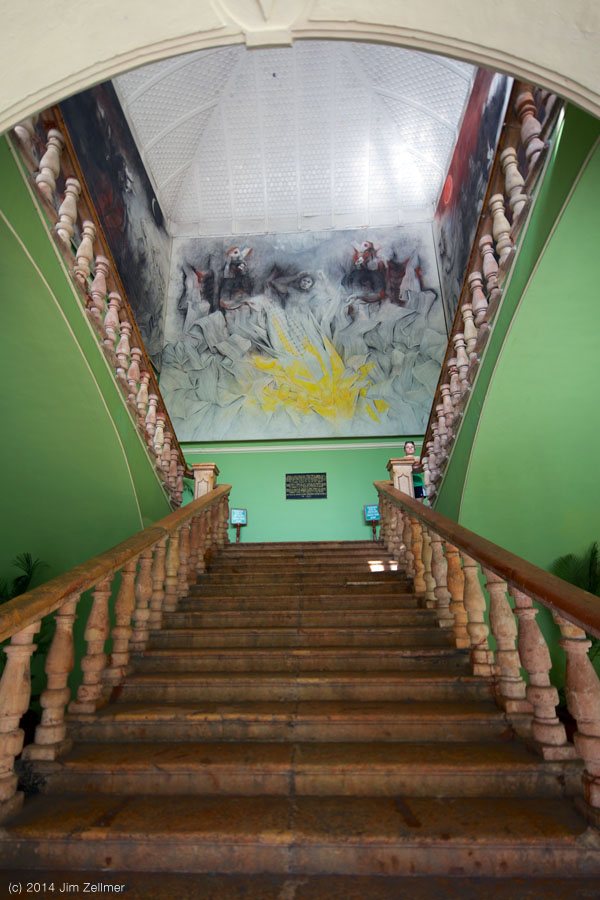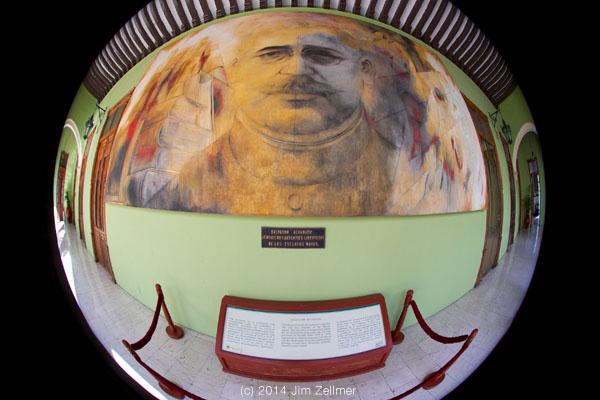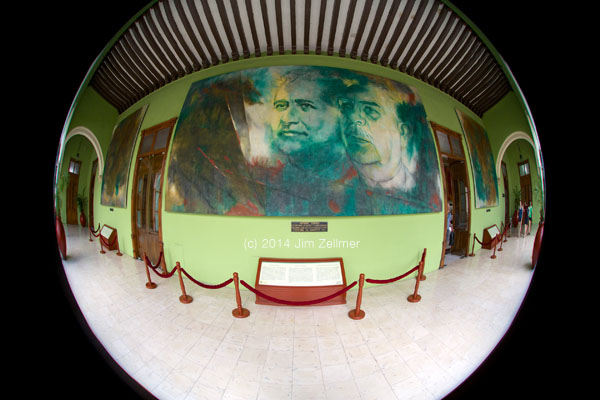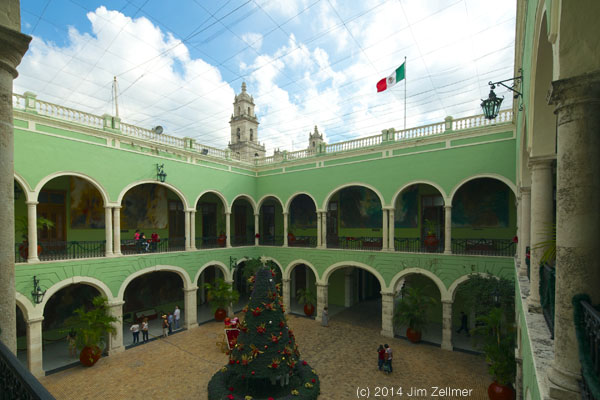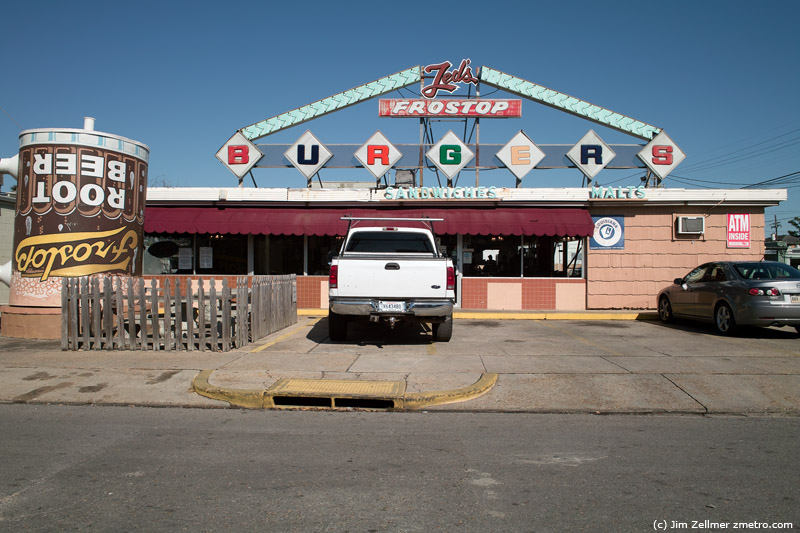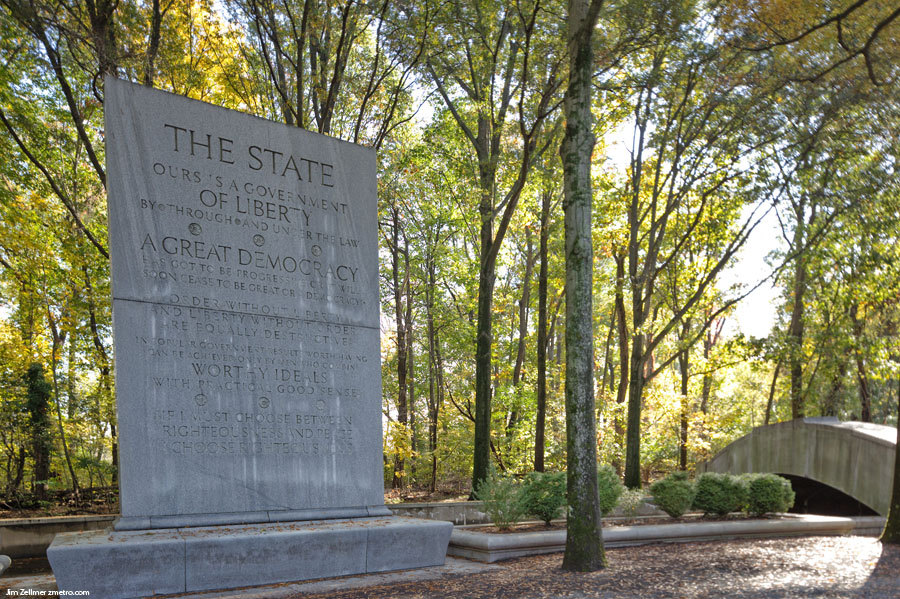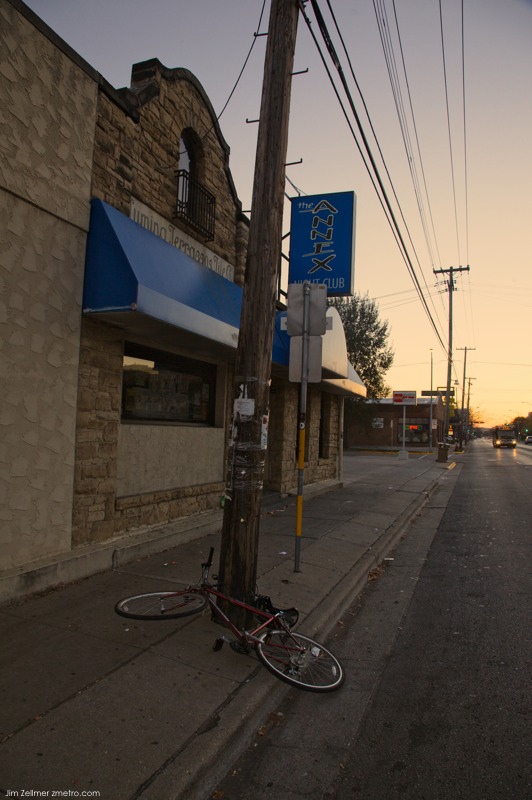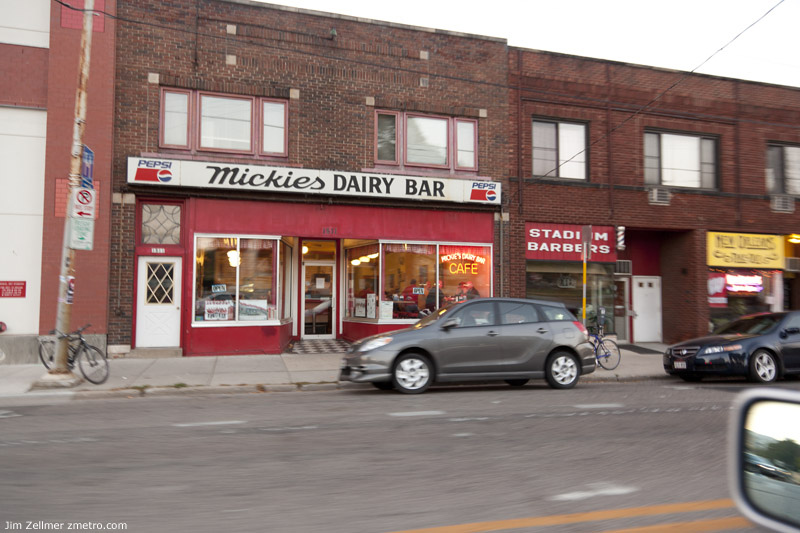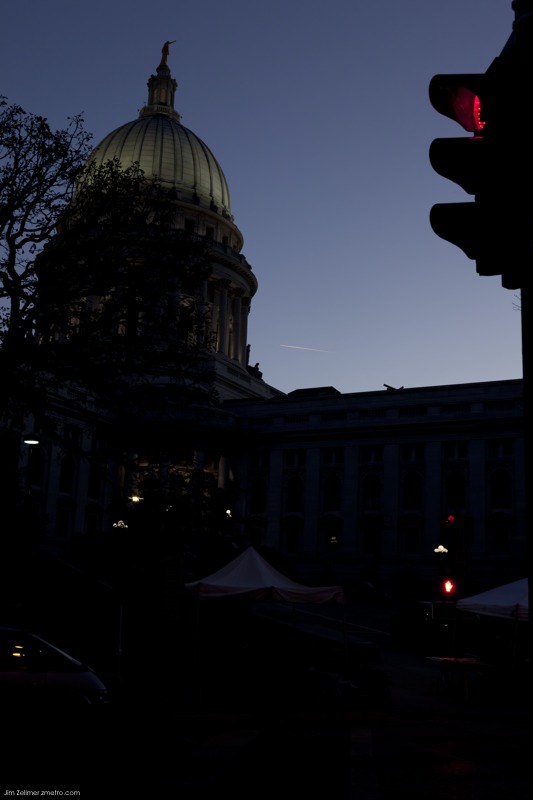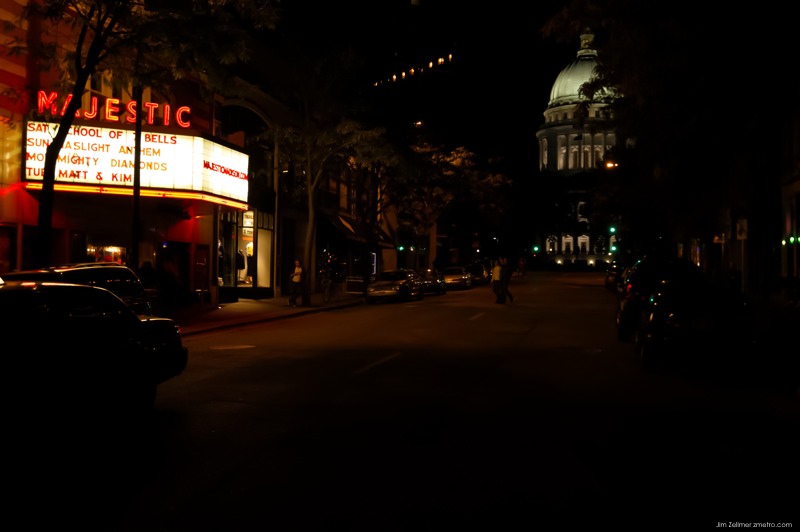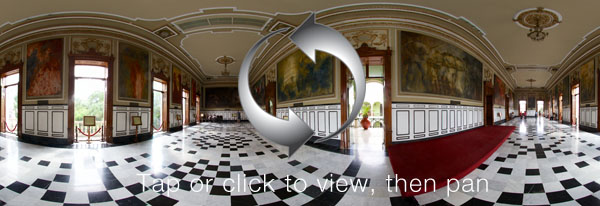
Two additional panoramas: Staircase Courtyard.
Wikipedia on Fernando Castro Pacheco:
Between 1971 and 1979 Castro Pacheco completed 27 murals for the governor’s palace in Mérida, Yucatán. These murals depict what some consider the realities of life in the Yucatán after the Spanish conquest as well as images and myths of native Maya tribes indigenous of the Yucatán region. The murals depict scenes of work and torture that the native peoples of the Yucatán endured under Spanish control. The reality of early henequen workers are seen in El henequen. A traditional creation myth of the native tribes is also depicted by Castro Pacheco in his work Hombres de maiz. The murals are oil paintings on large format canvas.
Lonely Planet.
Wikipedia on Merida.
